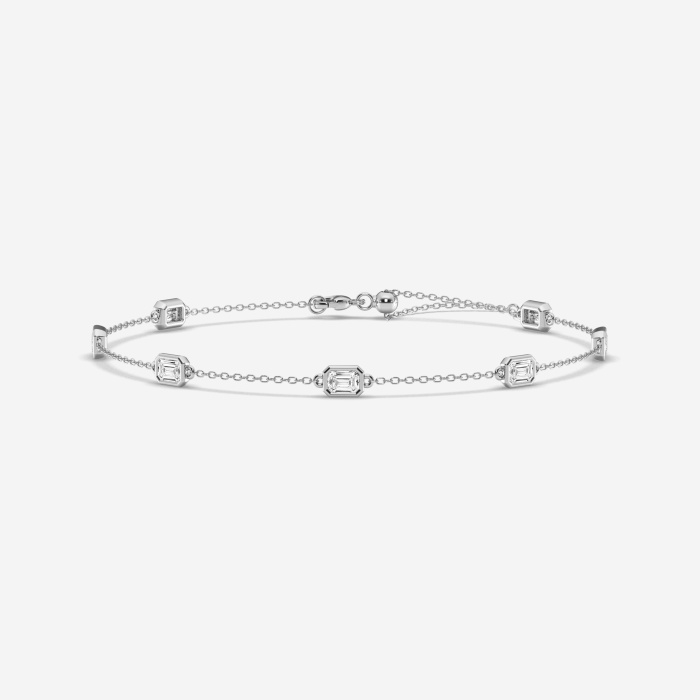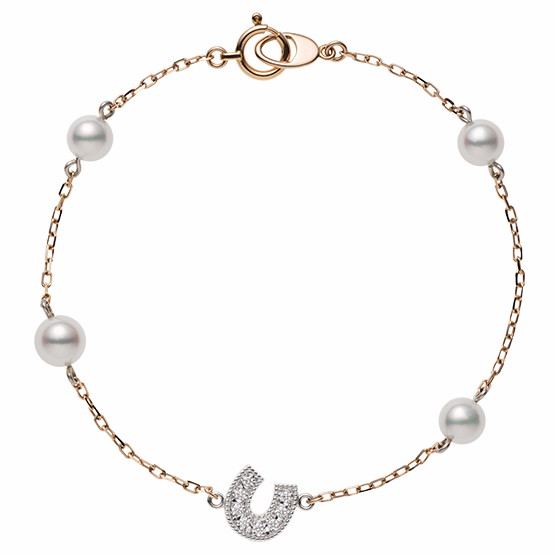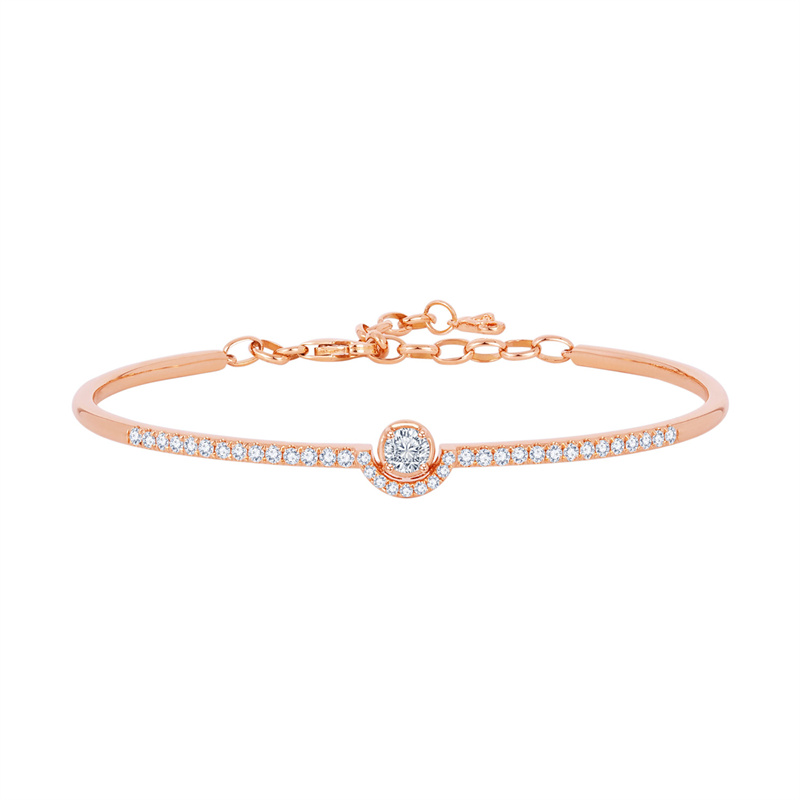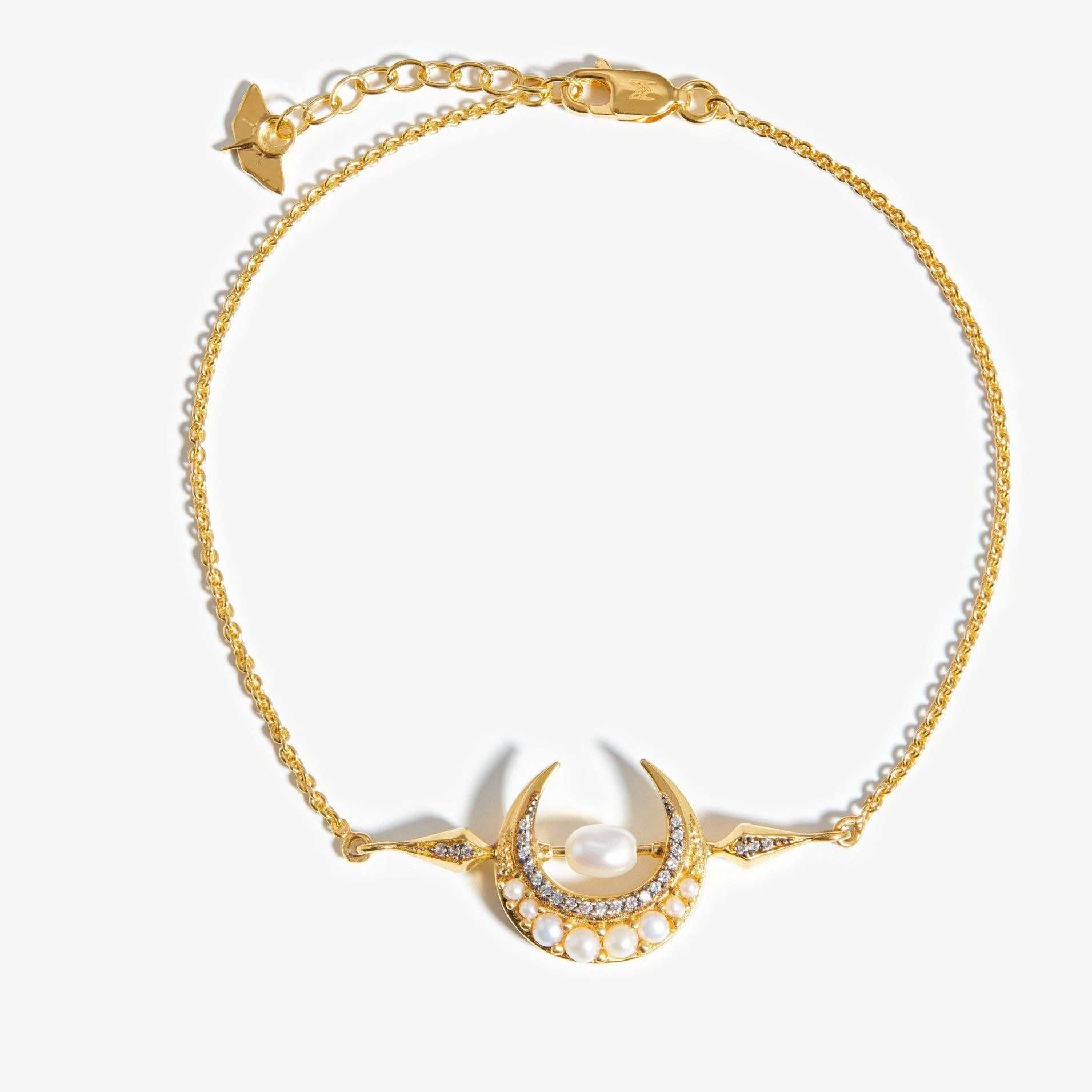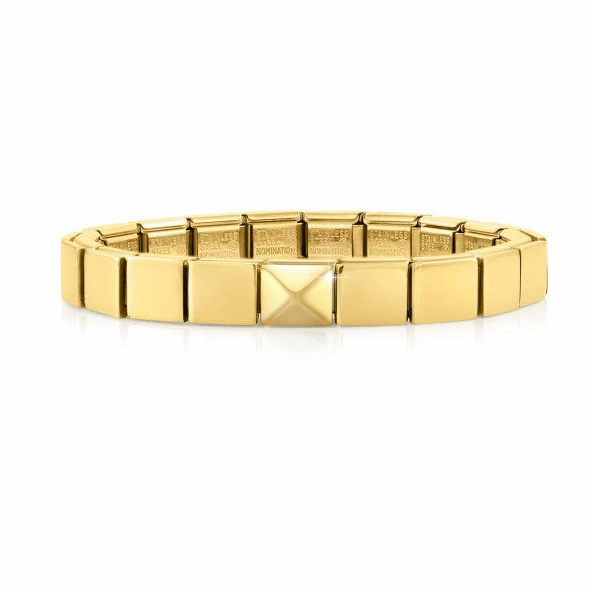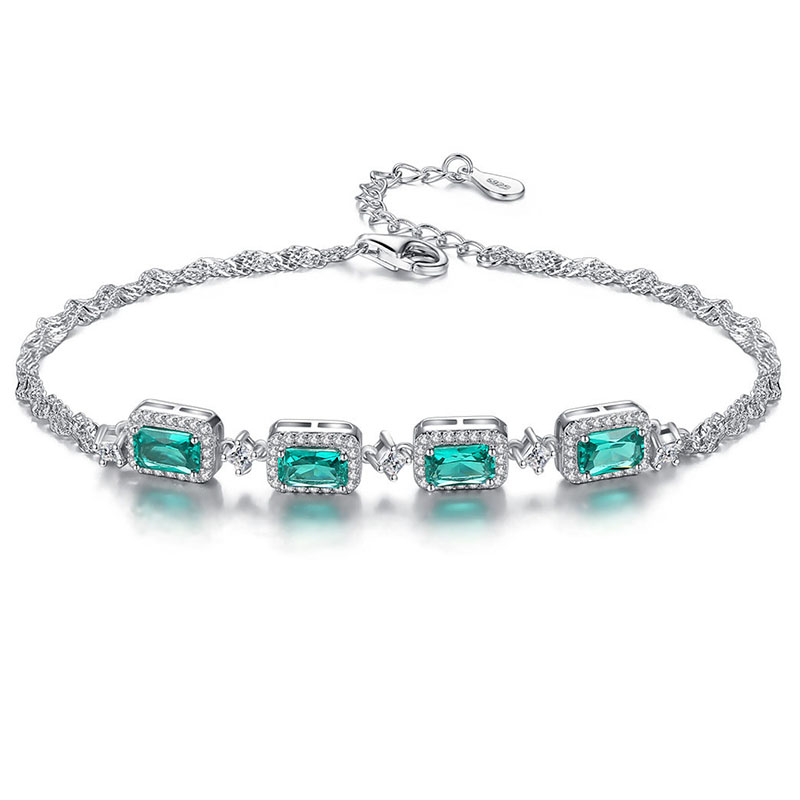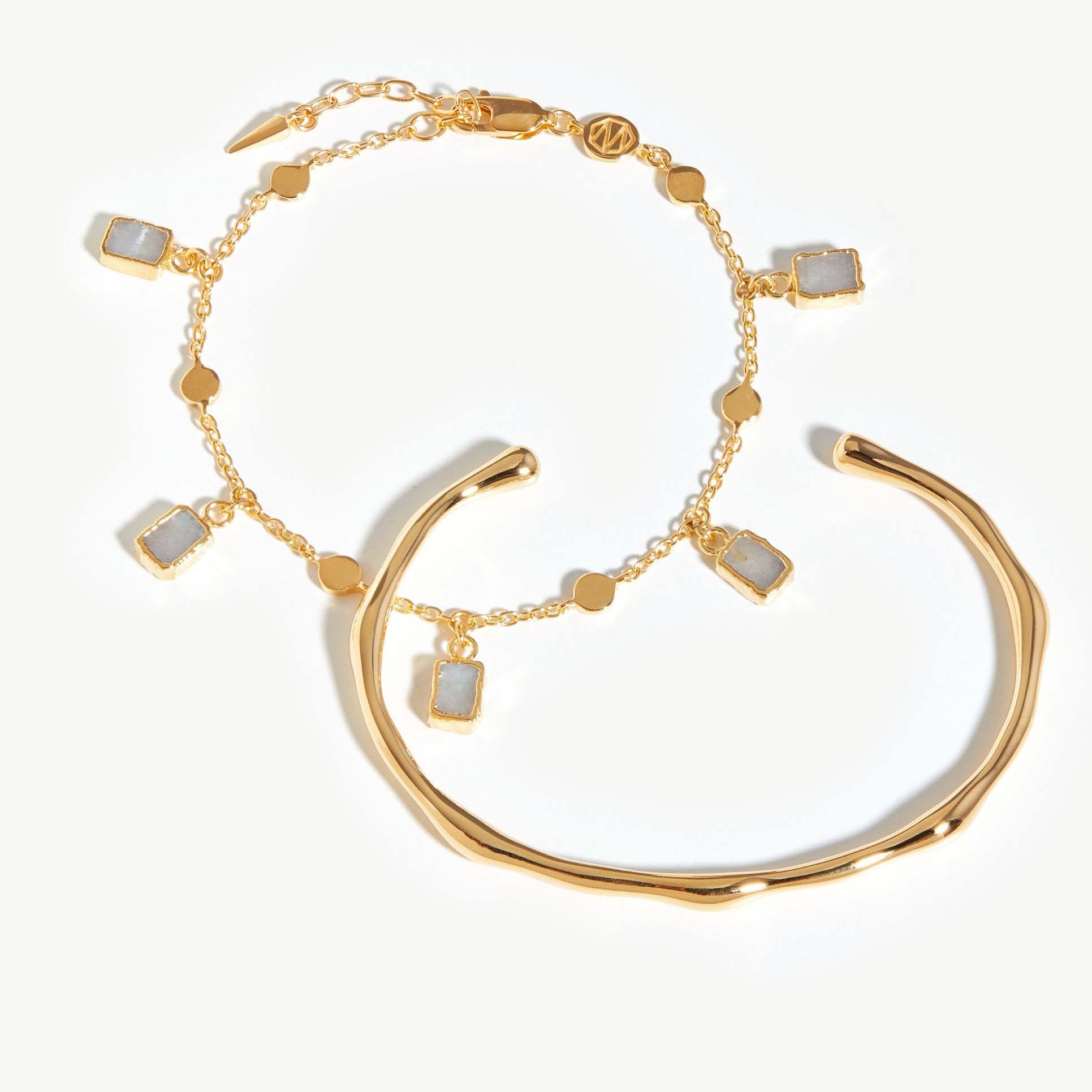Tokyo client custom made 50000 pieces of bracelets in JINGYING OEM jewelry manufacturer
Tokyo client custom made 50000 pieces of bracelets in JINGYING OEM jewelry manufacturer
LET’S GET STARTED : mo@kingjy.com
Forging Elegance: A Tokyo Client’s Journey of 50,000 Custom Bracelets with JINGYING OEM
The world of jewelry is a fascinating intersection of art, commerce, and personal expression. While dazzling retail storefronts and renowned designer brands capture the consumer’s imagination, the true engine of this glittering industry often hums quietly in unassuming industrial parks, powered by Original Equipment Manufacturer (OEM) specialists. This is the story of one such collaboration—a meticulous, large-scale project between a discerning client from the fashion-forward metropolis of Tokyo and JINGYING, a leading OEM jewelry manufacturer. The mission: to conceptualize, design, and produce 50,000 custom-made bracelets, a venture that would test the limits of creativity, precision, and logistical excellence.
This narrative is more than a simple transaction; it is a case study in modern global manufacturing. It delves into the nuances of cross-cultural communication, the rigors of quality assurance at scale, and the strategic partnership required to transform a visionary idea into a tangible product ready for the competitive Japanese market.
Part 1: The Prelude – A Meeting of Minds and Markets
1.1 The Tokyo Client: A Vision for the Japanese Consumer
Our story begins not on a factory floor, but in a minimalist design studio in the heart of Tokyo’s Shinjuku ward. The client, let’s call them “Aura Style Inc.,” is a established mid-tier fashion jewelry brand known for its blend of traditional Japanese aesthetics and contemporary minimalist design. Aura Style has cultivated a loyal customer base of women aged 20 to 35, who appreciate quality, subtle elegance, and pieces that tell a story.
The decision to commission 50,000 units of a single bracelet style was strategic and significant. It was intended to be the cornerstone of their upcoming autumn/winter collection, a “hero product” that would be featured prominently in marketing campaigns, in-store displays, and online promotions. The scale of the order indicated strong confidence in the design and a clear market strategy. However, it also came with immense pressure: the bracelets had to be perfect. The Japanese market is notoriously demanding, with consumers possessing an acute eye for detail, impeccable finish, and enduring quality. Any flaw in craftsmanship, any deviation from the design ethos, could damage the brand’s hard-earned reputation.
1.2 JINGYING OEM: The Manufacturer of Choice
Why did Aura Style choose JINGYING? The answer lies in a reputation built over decades. JINGYING is not a generic factory; it is a specialist OEM partner for international brands. Located in a major jewelry manufacturing hub in China, JINGYING has invested heavily in technology, skilled artisans, and, most importantly, a quality-control system that meets global standards.
Their portfolio showcased experience with similar large-volume orders for European and American clients, demonstrating an understanding of diverse market needs. Key factors that positioned JINGYING as the ideal partner included:
- Technical Proficiency: Mastery over various techniques including casting, stamping, chain-making, electroplating, and stone-setting.
- Material Sourcing: Strong relationships with certified suppliers of brass, sterling silver, 316L surgical steel, and high-quality cubic zirconia and synthetic gems, ensuring material consistency for large batches.
- Quality Assurance: A multi-stage QC process that is integral to every step of production.
- Communication Capabilities: A project management team with English-speaking account managers, facilitating clear and continuous dialogue with international clients.
- Ethical and Sustainable Practices: Adherence to international labor standards and increasing capability in sourcing recycled materials, a growing concern for brands like Aura Style.
The initial contact was likely made through B2B platforms like Alibaba or Global Sources, followed by a thorough vetting process involving factory audits, sample evaluations, and reference checks. Aura Style’s decision was a calculated one, based on evidence of capability and a shared commitment to quality.
Part 2: The Blueprint – From Concept to Technical Specification
2.1 The Creative Brief and Design Translation
The project kicked off with Aura Style presenting their creative brief. It wasn’t just a sketch; it was an immersive document. It included:
- Inspiration Mood Boards: Images of autumn leaves, flowing water, and traditional Japanese wabi-sabi (the beauty of imperfection) aesthetics.
- Target Customer Profiles: Detailed descriptions of the lifestyle, values, and purchasing habits of their core demographic.
- Competitor Analysis: Examples of what other brands were doing, and crucially, what Aura Style wanted to do differently.
- Initial Design Sketches: Several hand-drawn concepts for the bracelet, focusing on fluid, organic lines and a lightweight, comfortable feel.
JINGYING’s design and engineering team’s first task was to translate this artistic vision into a technically feasible product. This is where the first potential challenges emerged. A design that looks beautiful on paper might be structurally weak, difficult to mass-produce, or prohibitively expensive. The JINGYING team provided constructive feedback, suggesting slight modifications to clasp mechanisms, chain link sizes, or plating thickness to enhance durability without compromising the design intent.
2.2 Material Selection: The Foundation of Quality
The choice of materials was paramount. After discussions, the specifications were finalized:
- Base Metal: High-quality brass was chosen for its excellent malleability, durability, and suitability for precision plating.
- Plating: A 3-micron layer of 18k gold plating was specified. The thickness was critical; too thin, and it would wear off quickly, too thick, and it could become brittle and crack. A secondary layer of anti-tarnish coating was also agreed upon to protect the piece from oxidation and sweat.
- Stones: The design called for a subtle sparkle. Instead of diamonds, the client opted for high-grade, DEF-color, VVS-clarity cubic zirconia for its brilliance and affordability. The stones were to be prong-set securely to prevent loss.
- Clasp: A custom-designed lobster clasp with an extra security lever was engineered. It needed to be easy to operate with one hand yet secure enough for daily wear.
2.3 The Prototype: The Moment of Truth
Once the technical drawings were approved, JINGYING moved to the prototype stage. This phase is arguably the most critical in the entire OEM process. Using the exact specified materials and processes, a small batch of 10-20 prototype bracelets was manufactured and shipped to Tokyo via express courier.
This was the first tangible touchpoint for Aura Style’s product development team. They subjected the prototypes to rigorous testing:
- Visual Inspection: Every millimeter was examined under magnification for plating consistency, stone alignment, and surface scratches.
- Wearability Tests: Team members wore the bracelets for days, checking for comfort, how it draped on the wrist, and whether it caught on clothing.
- Durability Tests: The clasp was opened and closed hundreds of times. The bracelet was lightly stressed to check for weak points.
- Feedback Loop: A detailed report with photographs and notes was sent back to JINGYING. For example, Aura Style might have requested a slightly darker hue for the gold plating to achieve a more “vintage” look or a tighter setting for the stones.
JINGYING made the adjustments and sent a second, revised prototype. This iterative process continued until the sample was perfect and received the client’s official signed approval. This approved sample became the “gold standard” against which all 50,000 units would be measured.
Part 3: The Symphony of Production – Scaling Precision to 50,000 Units
With the blueprint finalized, JINGYING’s factory shifted from a design-centric mode to a high-efficiency production engine. The challenge was no longer about creativity, but about replicating perfection tens of thousands of times over.
3.1 Pre-Production Preparation
Before a single piece of brass was cut, meticulous preparation was essential:
- Tooling and Molding: Custom molds (dies) for casting the bracelet’s central charm and the clasp were precision-machined from steel. These molds are the heart of consistency; any flaw here would be replicated on every single piece.
- Material Procurement: JINGYING’s sourcing team placed bulk orders for brass, cubic zirconia, and gold plating anodes. The raw materials were subjected to incoming quality control to ensure they met the pre-agreed specifications.
- Production Line Setup: A dedicated assembly line was configured for this project. Workers were specially trained on the specific requirements of the Aura Style bracelet, focusing on the assembly steps, stone-setting technique, and initial quality checks.
- Production Scheduling: A detailed timeline was created and shared with the client, outlining key milestones: casting completion, assembly, plating, final QC, and shipping dates.
3.2 The Multi-Stage Manufacturing Process
The production of each bracelet was a journey through various specialized departments:
- Casting: The brass was melted and injected into the custom molds under high pressure to create the bracelet components. This process, known as lost-wax or centrifugal casting, produced the rough shapes of the links and charm.
- Deburring and Polishing: The casted pieces, called “raw castings,” have rough edges and sprue marks (where the metal entered the mold). They were tumbled in large barrels with abrasive media to smooth them out. Subsequently, skilled polishers used polishing wheels to bring a pre-plating shine to the metal, ensuring a flawless base for the gold layer.
- Assembly and Soldering: The polished links were carefully assembled by hand into the bracelet chain. The clasp was attached using tiny jump rings, which were then soldered closed to ensure security. This step required a high level of dexterity and attention to detail.
- Stone Setting: The cubic zirconia stones were meticulously set into their designated places by trained setters using micro-tools. Each stone was checked for tightness and alignment.
- Electroplating: This is a scientific and delicate process. The assembled bracelets were thoroughly cleaned and degreased. They were then immersed in an electrolytic bath containing a solution of gold salts. An electric current was passed through the bath, causing a thin, even layer of gold to bond to the brass surface. The precisely controlled 3-micron thickness was crucial here.
- Final Polishing and Coating: After plating, the bracelets underwent a light final polish to enhance their luster. Finally, they were dipped in an anti-tarnish coating solution and left to dry.
3.3 The Unwavering Guardian: Quality Control at Every Step
The notion that QC happens only at the end is a recipe for disaster in large-scale manufacturing. JINGYING implemented a multi-tiered QC system:
- In-Process QC: After each major step (casting, polishing, assembly), a designated QC inspector would randomly sample pieces from the batch to check for defects. If a problem was found—for example, porosity in the casting or inconsistent polishing—the entire batch from that shift could be held back for rework or rejection, preventing flawed components from moving down the line.
- Pre-Plating QC: Every single bracelet was inspected before plating. Flaws are much easier and cheaper to correct at this stage. If a bracelet was plated with a defect, the entire piece would be scrapped, as stripping the plating is often not cost-effective.
- Final Random Inspection (AQI Standard): After plating and coating, the bracelets were 100% inspected for major functional flaws (like broken clasps). Then, a statistical sampling was performed according to the AQL (Acceptable Quality Limit) standard, an internationally recognized system. An inspector would randomly select a predetermined number of bracelets from the finished batch and examine them against the approved prototype. The number of allowable defects is strictly defined. Passing the AQL inspection was a non-negotiable condition for shipment.
Part 4: Logistics, Delivery, and Partnership Beyond the Factory
4.1 Packaging and Customization
Aura Style had specific requirements for packaging, which is an extension of the brand experience. The bracelets were to be presented in individual, custom-printed cardboard boxes, lined with soft foam, with the Aura Style logo embossed on the lid. JINGYING’s packaging department handled this, inserting each bracelet into its box, along with a small care card. This “fulfillment” service added significant value, saving Aura Style the time and cost of repackaging in Japan.
4.2 Navigating International Logistics
Shipping 50,000 pieces of jewelry, which have high value density, requires careful planning. The two main options were air freight and sea freight.
- Air Freight: Faster (3-5 days) but significantly more expensive. Ideal for time-sensitive goods.
- Sea Freight: Much more economical for large volumes, but slower (2-4 weeks).
Given that Aura Style had planned their launch timeline with some buffer, they opted for sea freight in a 20-foot container. JINGYING’s logistics team prepared all necessary documentation, including the commercial invoice, packing list, and certificate of origin. They also arranged for the goods to be insured for their full value during transit. Understanding Japanese import regulations and ensuring smooth customs clearance was a key part of JINGYING’s service.
4.3 The Launch and Post-Launch Support
The arrival of the shipment in Tokyo marked the culmination of months of hard work. Aura Style’s team conducted their own final quality check upon receipt. The successful launch of the bracelet collection was a testament to the effective collaboration.
The partnership, however, did not end with the delivery. JINGYING remained a point of contact for any post-launch queries. Furthermore, the success of this first large order laid the foundation for a long-term strategic partnership. Aura Style could now confidently approach JINGYING for future collections, perhaps with more complex designs, knowing that the manufacturer understood their brand DNA and quality expectations.
Conclusion: The Art and Science of Modern OEM
The journey of creating 50,000 custom bracelets for a Tokyo client is a powerful illustration of how global commerce operates today. It dismantles the outdated perception of OEM manufacturing as a simple, low-cost assembly line. Instead, it reveals a complex, sophisticated ecosystem where art meets science, and where cultural nuances are as important as technical specifications.
For Aura Style, the collaboration with JINGYING was not just about outsourcing production; it was about leveraging specialized expertise to bring their creative vision to life efficiently and to the exacting standards their market demands. It allowed them to focus on their core competencies: branding, marketing, and customer engagement.
For JINGYING, this project was a validation of their business model. It demonstrated their ability to be a true partner, not just a supplier. Their success hinges on building trust through transparency, communication, and an unwavering commitment to quality.
In the end, each of the 50,000 bracelets is more than an accessory; it is a product of a successful international collaboration. It carries within it the aesthetic sensibility of Tokyo, the precision engineering of a Chinese manufacturer, and the shared ambition of two companies to create something of lasting value. This story is repeated daily across countless industries, a silent symphony of global partnership that fuels the world’s economy and brings beautiful objects to our lives.
